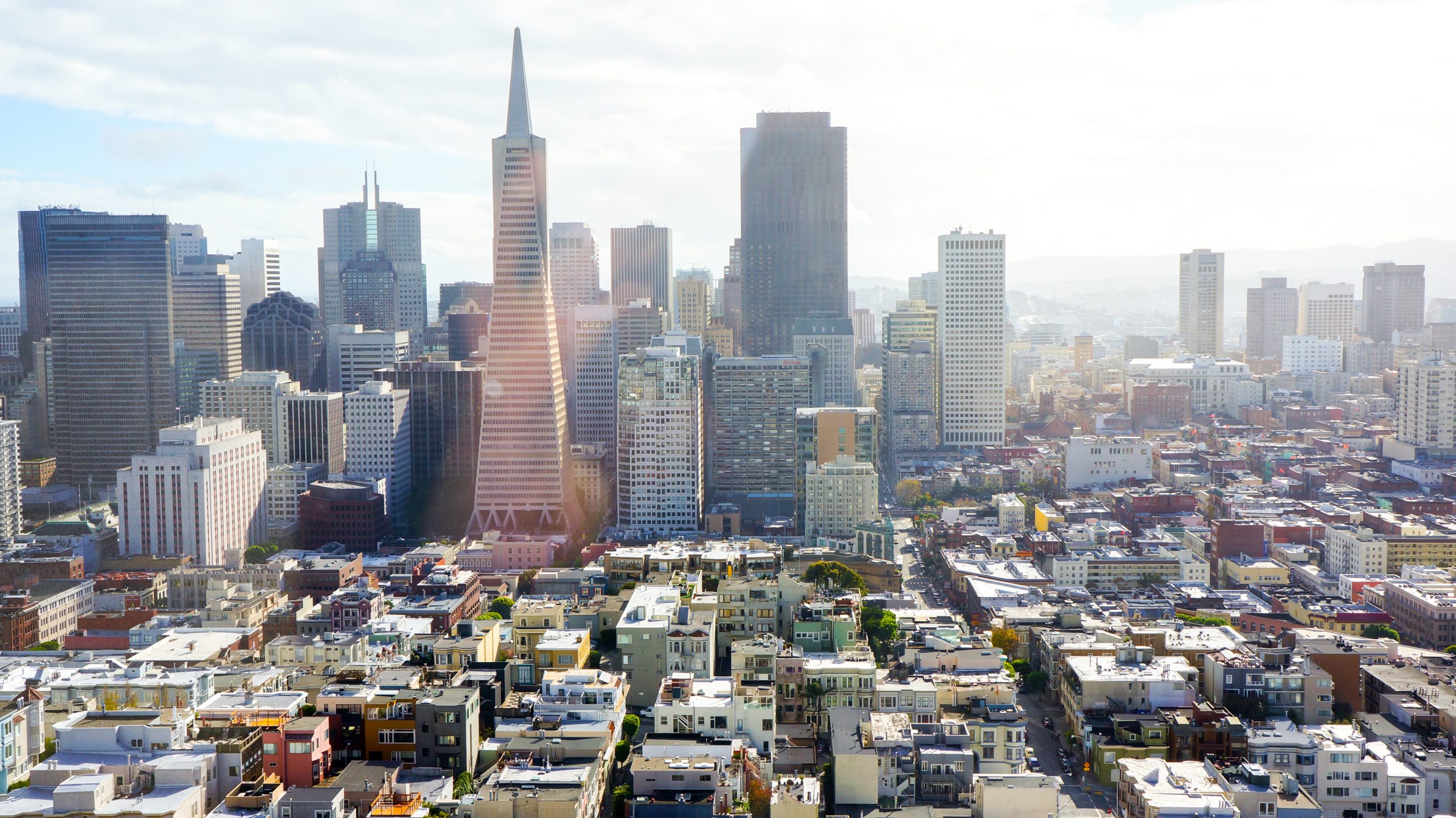
Bay Watch: A Weekly Look into the Bay Area Economy
August 4th, 2023
As some cities experience a resurgence in business travel, reaching or exceeding pre-pandemic levels of hotel occupancy, conventions, and air travel, San Francisco and San Jose continue to struggle. This week we investigate what’s going on with business travel in the region, and whether a glimmer of hope or continued uncertainty looms on the horizon.
First, let’s dive into the labor market.
The Bay Area’s tourism industry has experienced one of the slowest recoveries in the nation. Between shutdowns during the first half of the pandemic, and the fundamental shift to remote work that followed, the region’s tourism and hospitality industry has struggled to stay afloat. The City of San Francisco’s tourism bureau says the industry is not expected to make a full recovery until 2025. Unsurprisingly, the Leisure and Hospitality industry (which includes jobs in restaurants, bars, hotels, theaters, and stadiums) in the San Francisco metro area (which includes SF, Alameda, Contra Costa, Marin, and San Mateo counties) has been slowest to recover.
Within this industry, the Accommodation sub-sector (which includes workers in hotels, lodging or other short-term accommodation) has struggled most to recoup its pre-pandemic employment, still down a quarter of its pre-pandemic employment. Meanwhile, jobs in the Performing Arts and Spectator Sports made a full recovery at the start of 2022, now having grown 6% beyond its pre-pandemic level. San Francisco’s struggling hotel industry can be largely traced to an outsized reliance on tech and the business travel tech companies brought to the city.
RevPAR, or revenue per room, is the most comprehensive metric for measuring the health of the hotel economy. It incorporates both the average daily rate and occupancy rate, and illustrates the revenue generated per room regardless of if rooms are occupied. The San Francisco and San Jose metro areas are the slowest two metro areas to recover, down over 10% of their pre-pandemic RevPAR, while hotels in southern vacation destinations like Tampa, San Diego, and Miami have seen drastic increases in demand, occupancy, and revenue.
Park Hotels & Resorts, one of the nation's largest hotel chains, announced earlier this summer that they plan to pull out of two hotels in downtown San Francisco, citing major challenges the city is facing and uncertainty in its future. In a report following their announcement, they draw a direct correlation between office vacancy rates (which are over 30% in San Francisco, the highest of any major office market in the country) and RevPAR. This means that the health city's hotel economy is largely reliant on business and office activity, unlike some cities that are more heavily reliant on leisure travelers.
According to data from the American Hotel & Lodging Association (AHLA), business travel revenue plunged nearly 69% in 2022, or $1.68 billion, compared to 2019, the steepest of any major metro area. And while it is impossible to fully differentiate hotel performance based on business versus leisure, we can look to hotels booked by attendees of conventions at the Moscone Center, San Francisco's largest convention space, to better understand how the city's business related travel is performing compared to pre-pandemic patterns.
In 2019, nearly 1 million hotel rooms were booked in the city by delegates attending Moscone Center conventions. By 2022, that number has not even recovered 40%, a much lower estimate than hotel, lodging and tourism experts were expecting, as 75% of group rooms nights were for events outside of Moscone Center. Moving forward, representatives for SF Travel say that their strategy for 2024 is to secure more corporate events in hotels as opposed to conventions or larger scale events, targeting smaller group events with shorter booking windows and expanding efforts to attract luxury and international group business.
What about air travel?
In terms of enplanements (total passenger boardings), SFO and SJC have still only recouped about 80-85% of pre-pandemic travel. Regional growth in RevPAR closely mirror patterns in air travel -- with places like Austin, Riverside, Miami, Dallas, Phoenix and Tampa experiencing growth well beyond pre-pandemic levels. While San Francisco has long relied on business travel to support its economy, most travelers coming in and out of SJC in San Jose are business travelers, which is why passenger boardings out of Silicon Valley are still down more than 20%, while SFO has fared a bit better - with international tourism opening back up and leisure travelers slowly returning.